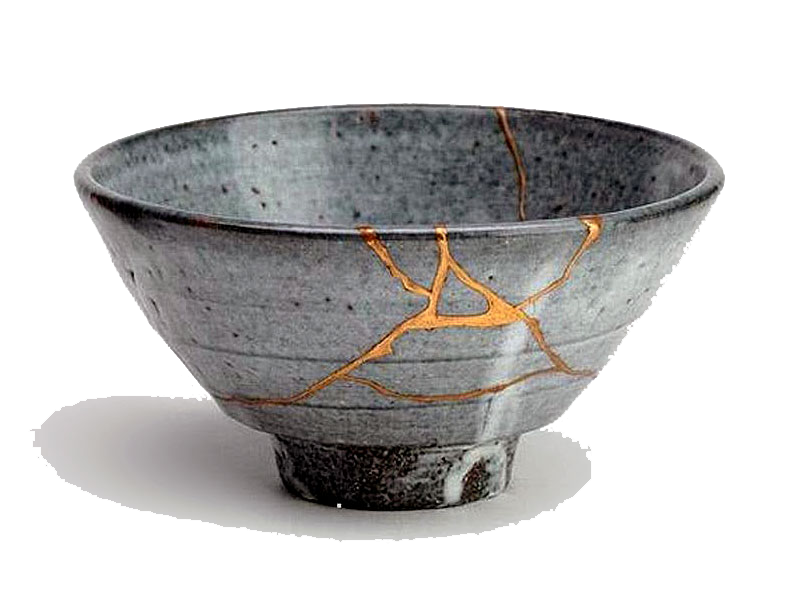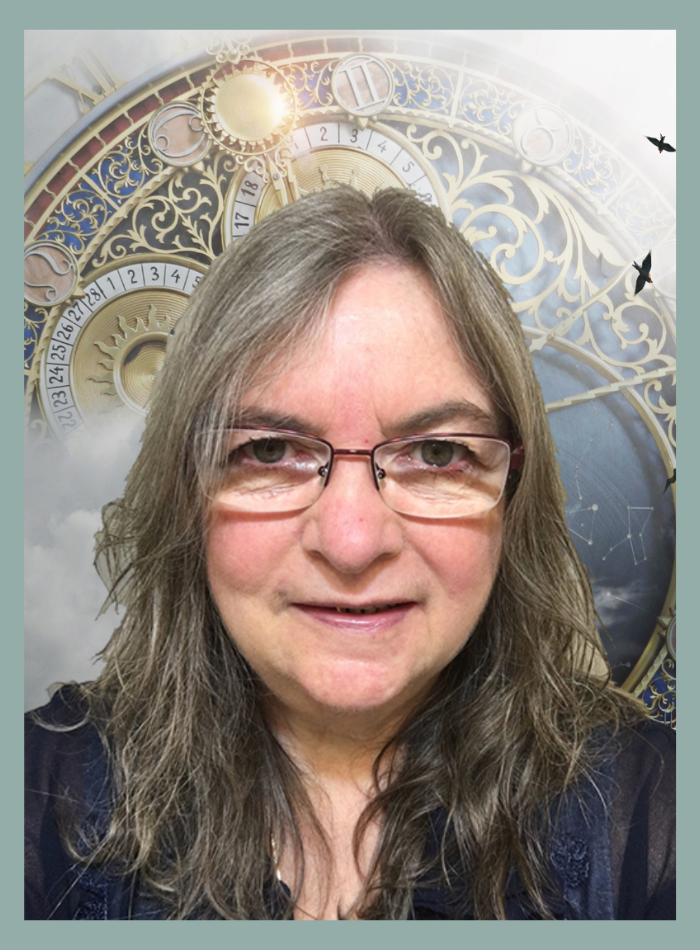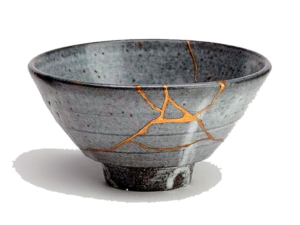 There is a Japanese art of pottery mending that is known as Kintsugi (golden joinery) or Kintsukuroi (golden repair).
There is a Japanese art of pottery mending that is known as Kintsugi (golden joinery) or Kintsukuroi (golden repair).
In North America, when we break a piece of pottery, a plate, a bowl, a vase, etc., we usually do one of two things. Either we throw out the piece that broke, or we mend it as invisibly as we can, so that no-one can tell where the cracks or breaks are.
In Japan, however, there is a third option – Kintsugi. With Kintsugi, the broken piece is repaired with lacquer that is dusted or mixed with powdered gold, silver, or platinum. Rather than hiding the cracks and breaks, this style of repair accentuates the unique pattern of cracks and breaks that each broken piece has, celebrating each piece’s unique history and experience, and making each piece stronger and more beautiful.
For some strange reason, Kintsugi reminds me of a person who has been diagnosed with an auto-immune illness, like Lupus.
Before the illness arrived we were whole. We might of had our fair share of breaks and cracks that appear through simply living a normal life. We might not have been unique or even beautiful (by some definitions), but we knew who we were, what tasks we were to complete, what our daily routine and expectations were. We had an identity that (usually) we were happy with.
And then Lupus broke us.
The pain, the fatigue, the brain fog, the nausea, the overall feelings of not being well, the unexpected variability of day-to-day life, feeling that our life was out of control.
We broke!
Cracks in our mental, physical, and spiritual well-being; in our mindset and our identity; in our lives appeared.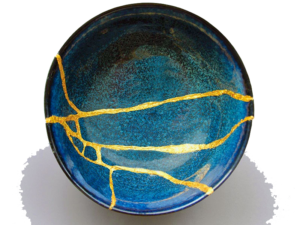
And we had a choice.
We could let ourselves be ‘thrown away’. Hiding in our homes away from the general public because we didn’t want anyone to see our malar and other rashes, our thinning hair, the difficulties we have walking, etc. Sometimes we are even sent home from our jobs because clients or customers complained about our appearance.
And that is a real shame.
Or we could mend our cracks and broken pieces invisibly, so that no-one can see them. We hide our fatigue, our pain, and our flares which makes our pain and fatigue and flares even worse. We wear wigs and thick makeup to hide our symptoms so no-one can see that we are suffering. No one can see our cracks and where we are broken. We put on masks and disguises while we suffer in silence.
And that is a real shame.
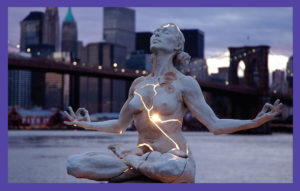 Or we could practice Kintsugi on ourselves.
Or we could practice Kintsugi on ourselves.
We can repair our cracks and broken pieces with gold, becoming stronger, more powerful, and more beautiful.
We can become confident and proud of our appearance rather than ashamed of it.
We can honour our body, resting when our bodies tell us that we are fatigued, tending to our pains and our feelings of not being well.
We can eat nutritious food, exercise to strength our bodies, build our confidence so that we strengthen our personality and our character.
We can create boundaries and enforce them.
We can mend ourselves with gold and re-create ourselves in ways that build on our confidence, our self-esteem, our well-being, our beauty, and our strength.
We can create identities where we wear our scars with pride and don’t feel ashamed of who we are simply because someone else has a problem.
We can practice self-love and self-care daily, shifting both our mindset and our identity to something that is truly unique, truly reflects the awesomeness that is our true self.
.
There is nothing stronger than a broken woman who has rebuilt herself.
Hannah Gadsby
